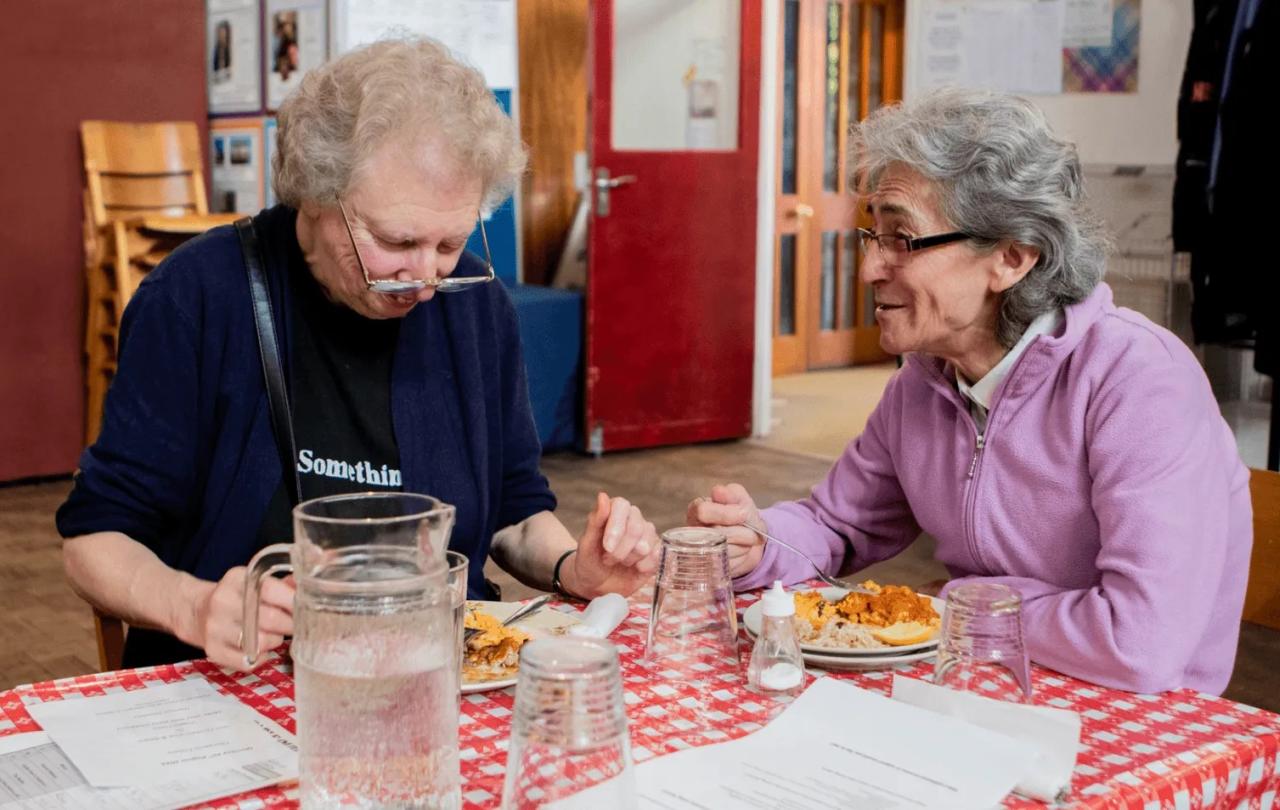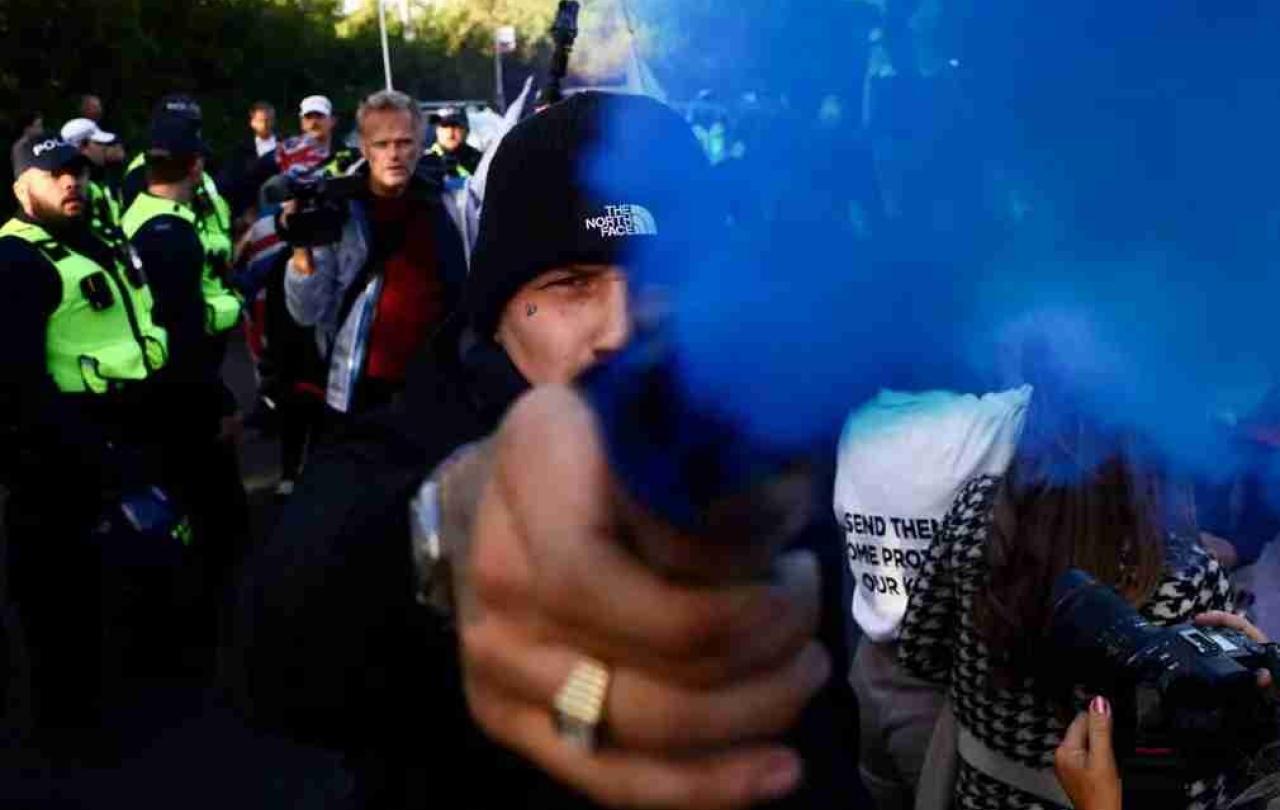Something has profoundly shifted in the way we are speaking about male violence against women and girls. Or perhaps I should say, the shift is precisely that we are speaking about male violence against women and girls.
Wait.
Would you allow me to slightly amend that statement once more?
I say ‘we’ are talking about it, what I really mean, if I may be so blunt, is ‘men’. Men are talking about male violence against women and girls.
Therein lies the shift.
Women have been speaking about this epidemic of violence for years, they have been having endless conversations about the complexities of their own sense of sexual safety, relentlessly sounding the alarm. And, all too often, being ignored. It has so commonly felt as though women could scream about this topic at the top of their lungs and be met with an exasperated eyeroll. Perhaps that’s ungenerous of me, maybe the lack of political interest has been more about despondence than disbelief. Either way, it has continually appeared as though male violence against women and girls has sat, slumped and hopeless, at the bottom of the political agenda.
Until now, that is. Now, it is the crux of many campaigns, sitting right at the forefront of multiple political conversations. One conversation, in particular.
Earlier this year, Conservative MP, Robert Jenrick, wrote an article in which he stated that he fears for his daughters’ safety, not wanting them to live near ‘men from backward countries who broke into Britain illegally and about whom you know next to nothing’. Political party Reform UK has a concern for women’s safety sitting at the forefront of their campaigns; again, Nigel Farage (leader of Reform UK) has continually suggested that it is the immigrant communities in the UK who are posing the threat. Signs that read ‘defend our girls’ have been ever-present at many of the anti-immigration protests that have happened throughout the summer months, the same phrase was chanted by those taking part in the ‘Unite The Kingdom’ march, organised by far-right activist, Tommy Robinson.
So, we have a direct line being drawn between immigration and the epidemic levels of violence against women and girls. A common enemy is a powerful thing, isn’t it? A uniting thing? An energising thing, even? This line from A to B (‘A’ being the violence and ‘B’ being people who have come to this country from another) is one that I cannot draw myself. I find no biblical nor sociological justification for doing such. In fact, I’m hit with quite the opposite.
I’ll get biblical, but shall we start with the sociological?
Violence against women – be that physical, verbal, sexual, financial, or any other nuanced kind – is a tragic reality here in the UK, as well as globally. We know this and there can be no denying it.
One in three women will experience domestic abuse.
A woman is murdered by a partner/ex-partner every four days.
One in two rapes against women are carried out by a partner/ex-partner.
More than 90 per cent of perpetrators of rape and/or sexual assault are known to their victims.
One in three adult survivors of rape experience it in their own home.
These facts are heartbreaking, stomach-churning, worthy of our indignation and fury. They do not, however, imply that the dominant threat to women are strangers who have come to UK from other countries. Such claims, while being spoken of loudly and continually, are unfounded.
There’s almost an ‘if-only-ness’ about such claims, isn’t there? And so, if I lower my hackles, I can sympathise with wanting such claims to be true, albeit momentarily - if only we could solve male violence against women and girls so easily.
If only it were so neat.
Instead, we have to sit in the utterly overwhelming, and often debilitating, reality that violence is being carried out against women in every age group, every socioeconomic group (although it must be acknowledged that women who can’t access public funds, such as welfare support or housing assistance, are three times more likely to experience violence), every ethnic group, and in every corner of the country. As a woman, if a man is shouting at me while I’m alone – it makes no difference what language he’s shouting at me in, tragically, I’ve learnt to be scared regardless.
The notion that it is an imported problem that can therefore be a deported problem, is wrong. And, dare I say it, undergirded by racism.
It’s perhaps also worth mentioning that there is footage from the recently held ‘Unite the Kingdom’ march, during which the mandate to ‘defend our girls’ was continually chanted, of men chasing female counter-protesters down the street. While a call to defend women was chanted one minute, a call for women to expose themselves was chanted the next. Furthermore, it has been reported that 40 per cent of those arrested during the 2024 anti-immigration protests had previously been reported to the police for domestic abuse. In my home city of Bristol, it was two-thirds of those arrested.
So, while women’s safety seems to be at the forefront of political and social movements right now, I can’t help but be deeply suspicious of the intentions behind it. It seems to me that the same people who have spent the last five-or-so years responding to women’s pleas for help with an irritated ‘not all men’ chant, are now more than happy to point at a marginalised group of people and declare ‘but probably all those men’.
But this isn’t simply sociological, nor is it purely political. For me, there are theological reasons why I can’t help but wince at what is happening.
I simply don’t think the Bible gives us the option of pitting one marginalised group against another; it’s clear on the fact de-humanisation can never be a tool in our societal toolbox. In fact, if we’re going to get biblical with it, vulnerable women and ‘migrants’/’foreigners’/’strangers’/’sojourners’ – they’re always on the same list.
‘He defends the cause of the fatherless and the widow, and loves the foreigner residing among you, giving them food and clothing’ – that’s the book of Deuteronomy. And this – ‘Do not oppress the widow or the fatherless, the foreigner or the poor. Do not plot evil against each other.’ – is the book of Zechariah.
I could go on.
We have a shared humanity and, therefore, a sacred responsibility to protect both the women and girls who are facing unspeakable injustice, and those who are being unfairly scapegoated for it. It’s an uncomfortable tension, I can’t deny it. It refutes quick-fixes, it raises its eyebrows at cheap blame, and it absolves any comforting notion that the problem flows from elsewhere - Christianity simply does not offer such a luxury. Compassion cannot be finite, love – as Graham Tomlin has argued – cannot be a limited commodity.
And this is precisely why such things being increasingly carried out in the name of Christianity makes no sense to me. Surely, this cannot be espoused in the name of the Jesus who destabilises the boundaries between ‘Our Sort of People' and 'Those Others Over There?’ (to quote Francis Spufford)
We cannot be fooled, fear and distrust on the basis of someone being different from ourselves is not – I repeat, not - a Christian value. One vulnerable group’s pain being unjustly weaponised against another vulnerable group has no hint of Jesus about it. Plus, doing so knowingly compromises the care we can offer to both groups.
I’m getting a little weary of being told that, as a woman, this hate will ensure my safety. Both sociologically and biblically, I’ve found the grounds to call time on such a claim.






